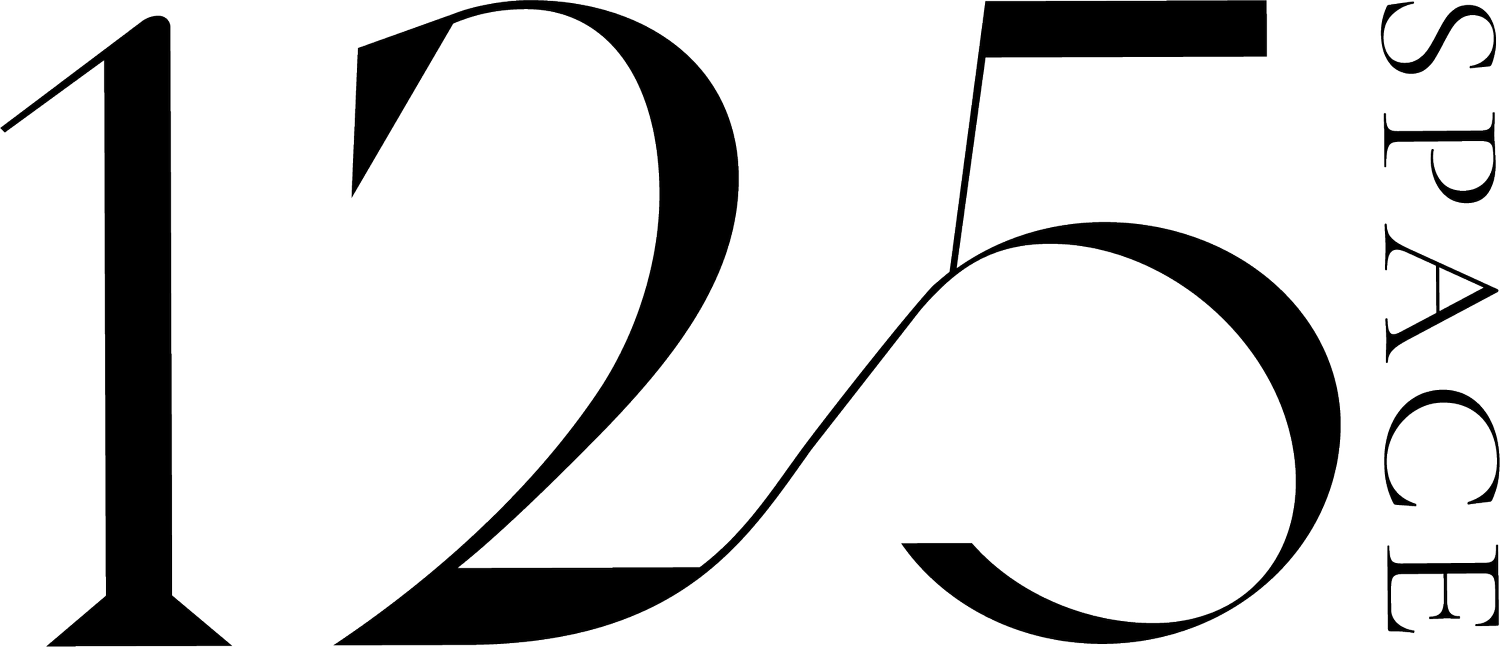Art As An Investment
Navigating the Canvas of Value: Art has always been a source of fascination, stirring emotions, provoking thoughts, and adorning walls.
In addition to its aesthetic allure, art possesses a unique duality—a canvas that not only enriches our souls, but also has the capacity to enrich our portfolios. As the art market continues to evolve, understanding the dynamics of investing in art is an intriguing venture in itself. Here's a closer look at why art transcends its aesthetic appeal to become a compelling alternative asset in the investment landscape.
Tangible and Unique Assets
Unlike stocks, bonds, or real estate, art is a tangible asset that you can physically own and enjoy. Each artwork is a unique creation, making it an exclusive possession that holds sentimental and aesthetic value. This tangible aspect of art adds a layer of emotional attachment, making it an enjoyable investment experience. While the financial aspect of art is captivating, its intrinsic value cannot be understated. Art transcends financial gains; it is a mirror reflecting the zeitgeist of its era, capturing historical moments, cultural shifts, and societal values. Owning a piece of art is akin to possessing a slice of humanity's narrative, making it a compelling investment on both emotional and intellectual levels.
Likewise, you can pass the artwork on to your family members as an heirloom so they can enjoy it too. You don’t have to sell a piece of art right away; you can keep it in the family for generations until it’s ready to be sold for a profit.
Why is art an alternative investment
Alternative investments are financial assets that don't fit into the usual categories like stocks and bonds. These include things like real estate, commodities such as watches, wine, and art. They can help diversify traditional investment portfolios by aiming for returns that aren't tied to stock or bond markets. Art investment, in particular, has become more accessible, catering to various budgets. Technology-driven initiatives are attracting a younger, diverse group interested in innovative options. Contemporary art, in this context, has shown promise, because the art market tends to maintain its value even when the economy is down. This stability is due to the market's ability to manage its supply and demand, keeping artwork prices relatively steady during uncertain financial times.
As per the market report conducted by Art Basel in collaboration with UBS, the global art market surged by 29% from 2020 to 2021, boasting a remarkable estimated sales figure of $65.1 billion in art and antiques through auctions and dealer transactions. This impressive recovery continued into 2023, largely attributed to the art market's resilience in embracing online platforms, especially in collectibles like prints and multiples, amidst the challenges posed by the pandemic.
Diversification and Wealth Preservation
Art serves as a valuable tool for diversifying your investment portfolio. By adding art to your investment mix, you can offset risks associated with market volatility and reduce the possibility of losses. Art has shown a low correlation with traditional financial assets, making it a potential hedge against economic downturns and a way to preserve wealth.
Potential Appreciation in Value
Art has demonstrated its ability to generate substantial returns over the years. Over the course of time, the art market has demonstrated consistent growth, with many artworks appreciating in value. While there are risks involved, acquiring art from emerging artists or established names with potential for growth can lead to substantial financial gains in the long run. Art as an investment has shown resilience and, in many cases, outperformed traditional investment avenues. However, it's essential to recognize that the art market's performance can be volatile, affected by economic shifts, global events, and changing tastes. This volatility necessitates a long-term perspective and a diversified approach.
Strategies for Art Investment
Investing in art requires a blend of passion and strategic acumen. Diversification across artists, mediums, and periods helps mitigate risks. Engaging with reputable galleries, auction houses, and art advisors also assists in making informed investment decisions. Moreover, staying updated with market trends and artist developments is crucial for success in this arena.
Global Appeal and Market Growth
The art market is truly global, transcending borders and cultures. With the rise of online platforms and international auctions, accessibility to art as an investment has expanded, fostering a broader pool of potential buyers and enhancing market growth.
In several countries, buying art can offer tax advantages. Governments often provide incentives to encourage art purchases, including tax deductions, exemptions, or deferred capital gains taxes. Such incentives can significantly enhance the financial viability of investing in art, making it an attractive investment option.
Art as an investment embodies a delicate interplay between aesthetic appreciation and financial potential. Embracing this duality offers investors a unique opportunity to diversify their portfolios while indulging in the beauty and depth of artistic expression. As the art market continues to evolve, recognizing the convergence of art and investment proves to be an intellectually stimulating journey, one that invites exploration, appreciation, and informed decision-making.


